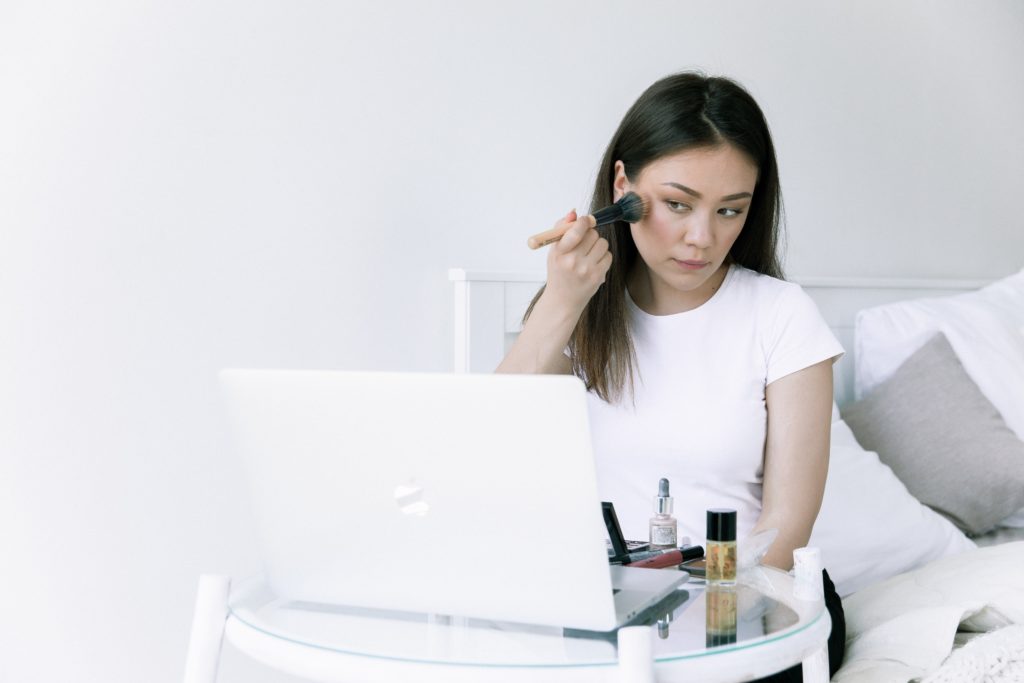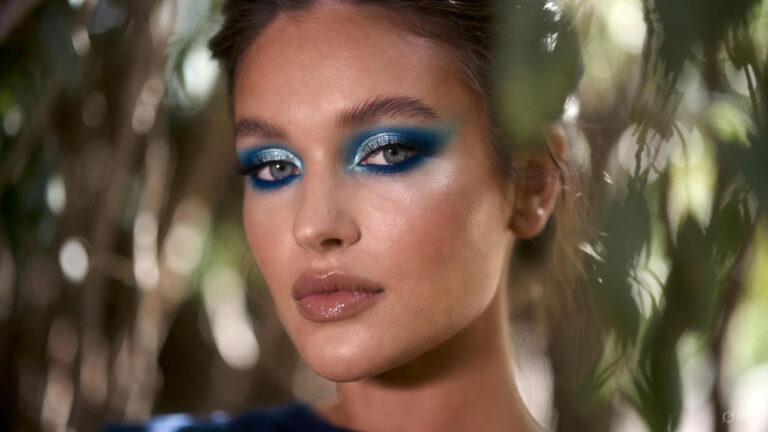Scars can be an unpleasant reminder of an injury or trauma that we have experienced. They can affect our self-esteem and confidence, and we may feel the need to cover them up. Makeup can be a great way to hide scars, but it requires the right techniques and products.
In this article, we will share with you the little secrets to hide your scars with makeup.
Types of Scars
Before we dive into the techniques to hide scars with makeup, it’s important to understand the different types of scars. There are three main types of scars: atrophic scars, hypertrophic scars, and keloid scars.
Atrophic Scars
Atrophic scars are depressions or indentations in the skin. They are usually caused by acne or chickenpox. Atrophic scars can be shallow or deep, and they can be different sizes and shapes. They are most commonly found on the face.
Hypertrophic Scars
Hypertrophic scars are raised scars that stay within the boundaries of the original injury. They are caused by the overproduction of collagen during the healing process. Hypertrophic scars can be itchy or painful, and they can take several years to fade.
Keloid Scars
Keloid scars are also raised scars, but they extend beyond the boundaries of the original injury. They are caused by an overproduction of collagen and can be red, itchy, and painful. Keloid scars are more common in people with darker skin tones.
Prepping the Skin
The key to hiding scars with makeup is to prep your skin properly. This means cleaning your skin, moisturizing it, and applying sunscreen.
Cleaning the Skin
Before applying makeup, it’s important to clean your skin thoroughly. Use a gentle cleanser that is suitable for your skin type. If you have acne-prone skin, look for a cleanser that contains salicylic acid or benzoyl peroxide.
Moisturizing the Skin
Scars are often dry and flaky, so it’s important to moisturize your skin before applying makeup. Look for a moisturizer that contains hyaluronic acid, which can help to plump up the skin and reduce the appearance of fine lines and wrinkles.
Applying Sunscreen
Sun damage can make scars more noticeable, so it’s important to apply sunscreen before you go outside. Look for a broad-spectrum sunscreen with an SPF of at least 30. Apply it generously to your face, neck, and any other areas that will be exposed to the sun.
Choosing the Right Makeup

When it comes to hiding scars with makeup, it’s important to choose the right products. You will need a primer, concealer, foundation, and powder.
Primer
A primer will help to smooth out your skin and create a smooth base for your makeup. Look for a primer that contains silicone, which can help to fill in any fine lines or wrinkles.
Concealer
Concealer is the most important product for hiding scars. Look for a concealer that is one or two shades lighter than your skin tone. If you have a red scar, use a green color-correcting concealer first, then apply your regular concealer on top. If you have a purple or blue scar, use a yellow or peach color-correcting concealer first.
Foundation
Foundation can help to even out your skin tone and hide any imperfections. Look for a foundation that is suitable for your skin type, whether it’s oily, dry, or combination. If you have a lot of scars to cover, you may want to use a full-coverage foundation.
Powder
Powder can help to set your makeup and make it last longer. Look for a powder that is translucent or matches your skin tone. If you have oily skin, look for a powder that is mattifying to control shine.
Applying Makeup
Now that you have prepped your skin and chosen the right products, it’s time to apply your makeup. Here are the steps to follow:
Applying Concealer
- Start by applying a color-correcting concealer if needed.
- Apply your regular concealer on top, using a small brush or your fingertips.
- Pat the concealer gently into the scar, blending it outwards towards the surrounding skin.
- If you need more coverage, you can apply another layer of concealer.
Applying Foundation
- Apply foundation all over your face, using a makeup brush or sponge.
- Use a stippling motion to blend the foundation into your skin, focusing on the areas with scars.
- Make sure to blend the foundation into your neck and hairline to avoid a line of demarcation.
- If you need more coverage, you can apply another layer of foundation.
Setting the Makeup
- Use a fluffy brush to apply powder all over your face, focusing on the areas with scars.
- Make sure to blend the powder into your skin, so it doesn’t look cakey.
- If you have oily skin, you may want to apply more powder to control shine.
Advanced Techniques
If you want to take your makeup game to the next level, you can try some advanced techniques like color-correcting, contouring, and highlighting.
Color-Correcting
Color-correcting involves using different colored concealers to neutralize specific skin concerns. For example, green can neutralize redness, yellow or peach can neutralize purple or blue discoloration, and orange can neutralize dark circles.
Contouring
Contouring involves using makeup to create the illusion of shadows and highlights on your face. It can help to define your facial features and make your face look more sculpted.
To contour your scars, use a contour shade that is one or two shades darker than your skin tone, and apply it in the hollows of the scar to create a shadow.
Highlighting
Highlighting involves using makeup to create the illusion of light on your face. It can help to make your face look more radiant and youthful.
To highlight your scars, use a highlighter shade that is one or two shades lighter than your skin tone, and apply it on the highest point of the scar to make it stand out.
Removing the Makeup
At the end of the day, it’s important to remove your makeup properly to avoid clogged pores and breakouts. Use a gentle makeup remover that is suitable for your skin type, and follow up with a cleanser to remove any remaining traces of makeup.
Conclusion
Hiding scars with makeup can be a great way to boost your confidence and feel more comfortable in your skin. With the right products and techniques, you can achieve a flawless, natural-looking finish that lasts all day. Remember to prep your skin properly, choose the right products, and follow the steps carefully to achieve the best results.
FAQs
1. Can makeup make scars worse?
No, makeup cannot make scars worse, as long as you use the right products and techniques. However, if you use products that irritate your skin or don’t remove your makeup properly, it can lead to clogged pores and breakouts.
It depends on the severity of the scar and the technique used to hide it. Some scars may be too deep or too raised to be completely hidden with makeup, but it can still help to make them less noticeable.
3. Can makeup cause scars?
Makeup itself does not cause scars, but using dirty makeup brushes or sharing makeup with others can lead to bacterial infections that can cause scarring.
4. What type of makeup is best for hiding scars?
Makeup that is full coverage and long-wearing is best for hiding scars. Look for products that are specifically designed to cover scars, like heavy-duty concealers and foundation.
5. Can I swim or sweat with makeup on my scars?
It’s not recommended to swim or sweat with makeup on your scars, as it can cause the makeup to rub off and potentially irritate your skin. It’s best to remove your makeup before swimming or exercising and reapply it afterwards.
6. Can I use natural remedies to hide my scars instead of makeup?
While natural remedies like aloe vera and vitamin E can help to fade scars over time, they may not be as effective at hiding them as makeup. If you want to use natural remedies, it’s best to use them in conjunction with makeup for the best results.
7. Can I use the same makeup for my scars as I do for my regular makeup routine?
You can use the same makeup products for your scars as you do for your regular makeup routine, as long as they provide enough coverage and are long-wearing. However, it’s important to use separate brushes and applicators for your scars to avoid transferring bacteria from your scars to the rest of your face.



